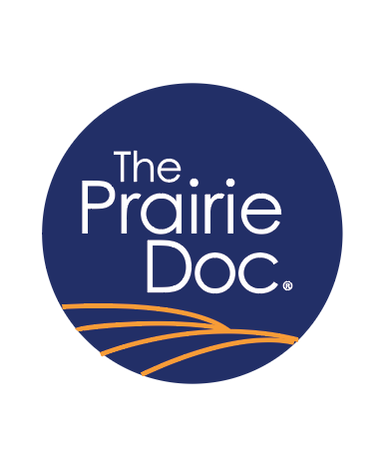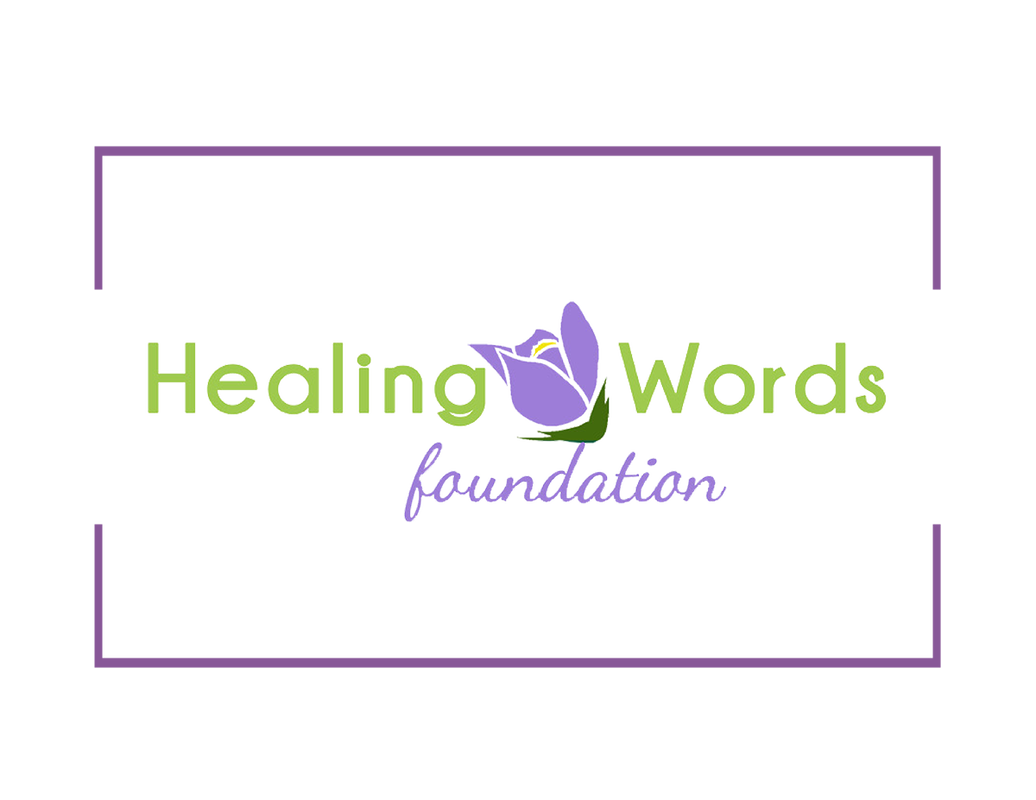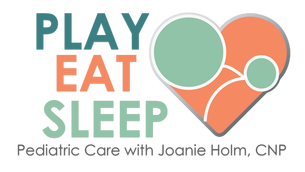Motion Is the Lotion for What Ails YouBy Richard P. Holm, MD
People are drawn to sail in the British Virgin Islands (BVI) for different reasons. Some go there to prove to themselves, or to someone else, that they have the moxie, sailing knowledge and finesse to sail on the ocean. Others go to find excitement, beauty, peace, or just to escape the cold of a northern winter. When I started traveling down from South Dakota in the late ‘80s, I did so for a number of those purposes. This year, I went for different reasons. More than two years ago, I was diagnosed with pancreatic cancer, and six months ago the cancer had spread to one spot in the liver. After another four months of chemo, the cancer surgeon cut out that spot with the outside chance he might “get it all.” My 40 years of practicing internal medicine told me I had better do my favorite things while I can. This time, I went sailing for the love of family and friends and for the sense of eternity that the sea provides. I also went to heal. I hoped that the warmth, salty sea, nurturing nature of wind, fun of the islands and spiritual connectedness would provide a mending milieu for me. I was feeling pretty frail in the weeks leading up to the trip but realized anew an oft quoted wisdom: “Motion of the ocean is lotion” for curing what ails you. During the two-week-time on our sailboat, I was always moving: clambering to tighten some line, drop a sail, lower the dinghy, or maneuver the boat to anchor. I was moving even as I sat there. For two weeks every vertebra, joint, ligament and muscle danced with a shifting, rocking, repositioning boat. I didn’t realize the extent of the motion until I sat still for an hour in the airport on the way home. After this short period of immobility, when rising to buy a final island chicken roti, I noticed that I was “old man” stiff again. The rigidity had magically been gone for two weeks! Boat living was a healing potion, a lotion of motion, which provided a potent remedy and recuperation for this guy in need of generous portions of both. I believe embracing motion and change is important as we grow older, keeping us from prematurely aging, from congealing. Author Gail Godwin says a willingness to change helps us from turning into our “final (frozen) selves” too early. Motion is the lotion. Watch On Call with the Prairie Doc® most Thursdays at 7 p.m. central on SDPTV and follow the Prairie Doc® on Facebook and YouTube for free and easy access to the entire Prairie Doc® library. Preventing a “Stroke” of Bad LuckBy Richard P. Holm, MD
My mother was nearly 90-years-old when I noticed a change in her speech during our daily phone calls. When we got her to the hospital, the X-ray (CT) study of her brain implied a blood clot had formed within one of the brain arteries during the night. She was having a “stroke” of bad luck. They say most elderly people eventually die of a blood clot, either to the brain, the heart, the kidneys, the legs or somewhere. This happens because, as we age, we develop an over-clotting disorder, or our blood vessels close off due to scaring. By definition, a stroke is a vascular problem caused when the blood flow to a part of the brain is blocked. In 80 percent of cases, it’s a blood clot that originates within brain arteries or starts either in a carotid artery or in a chamber within the heart and is carried by blood flow to the brain. If started within three hours of the event, clot-busters can reverse much of the brain injury from this kind of stroke. However, in 20 percent of cases, brain tissue destruction is due to bleeding making clot-busters not helpful and even harmful. Recently, the World Health Organization stated that three-quarters of all vascular problems are connected to poor lifestyle choices such as physical inactivity, use of tobacco and unhealthy dietary habits. The closest we get to a “fountain of youth” comes from living a healthy lifestyle and — aside from controlling high blood pressure — usually not from medicines. There are no short cuts and cholesterol meds are only minimally helpful. In recent years, we’ve learned how blood clots and strokes can result from two medical conditions that require special treatment. An irregular heart rhythm condition called atrial fibrillation (A fib) may result in blood clots forming within the heart bringing a higher risk for stoke. A fib requires long-term anticoagulation by warfarin or a similar drug. The second condition is moderate to severe sleep apnea which often causes both A fib and an increased risk for clotting. Sleep apnea requires nightly use of a continuous positive airway pressure (CPAP) mask and machine. Many people struggle using CPAP but, unfortunately, no good alternative exists. Generally, throat surgery or jaw thrust devices do not effectively treat moderate to severe sleep apnea. Although wearing CPAP can pose a challenge, people with sleep apnea should endeavor to make the mask device to work. Understanding these issues just might prevent a “stroke” of bad luck. Watch On Call with the Prairie Doc® most Thursdays at 7 p.m. central on SDPTV and follow the Prairie Doc® on Facebook and YouTube for free and easy access to the entire Prairie Doc® library. Lies, Myths, and the Alligator WomanBy Richard P. Holm, MD
It was June 10, Old Settler’s Day in De Smet, SD, and the carnival was in town. As a fifth grader, I had been doing odd jobs for a month to save up money for that day. For the price of 25 cents, I filed through a trailer to see a “real alligator woman, half human, half alligator.” Of course, it was fake. Sitting there on a table was a dried-up, stuffed, alligator body connected to a live human woman’s head (who was chatting with us). The table had mirrors to cover the hollow box that held the woman’s body underneath. It was an amusing ruse, a trick, an intentional untruth that benefited the marketer exactly 25 cents per viewer. That was, by definition, disinformation. By contrast, misinformation happens when people believe some ineffective treatment helps or some effective treatment harms, and they spread that misinformation. For example, in the 1980s, we noted that people, who were having heart attacks, had more premature ventricular contractions (PVCs) and these people were more likely to die. Researches found drugs that suppressed those PVCs thinking to save lives. It took us about ten years to discover that those drugs increased deaths rather than lessened them. We thought we were doing right but were, by mistake, harming people instead. That is misinformation. Another example of misinformation occurred in the 1980s when I encouraged parents to place their babies on their bellies to sleep, thinking to protect babies from inhaling drool. We later found that babies sleeping on their bellies had more sudden infant death than those sleeping on their backs. We were misinformed. Another example would be in trying to help others by telling them to avoid vaccinating babies with the mistaken thought that this would prevent autism. This is spreading misinformation and is harming people by allowing the spread of a killing virus, especially to immune compromised younger children and older adults. Bottom line:
Watch On Call with the Prairie Doc® most Thursdays at 7 p.m. central on SDPTV and follow the Prairie Doc® on Facebook and YouTube for free and easy access to the entire Prairie Doc® library. How to Prevent Sudden DeathBy Richard P. Holm, MD
My first experience with cardiopulmonary resuscitation was during the summer of 1969. I was an orderly in a Minneapolis intensive care unit (ICU) when my patient stopped breathing. I called for help and provided mouth-to-mouth breathing and chest massage until the team arrived. Later the doctor told me I saved the patient’s life, further convincing me that medicine was my life’s purpose. Cardiopulmonary resuscitation (CPR) is the act of rhythmically pushing on the chest and breathing into the mouth of a person whose heart beat and breathing has ceased. CPR can result in enough circulation to keep the victim alive until spontaneous circulation and breathing resumes. In 1740, the French described how mouth-to-mouth breathing sometimes saved drowned people, and, through the early 1900s, mouth-to-mouth breaths were given to bring lifeless newborns around. In the mid-1950s, two anesthesiologists, Dr. Elam and Dr. Safar, with help from the Red Cross, began promoting mouth-to-mouth resuscitation for adults discovered in cardiac arrest. In 1960, chest compressions were proven valuable in preserving circulation, especially to the brain, and even more important for survival than artificial respiration. In fact, rapid (100-120/minute), constant, three to four-inch chest compressions (without artificial breathing) are now recommended for patients having out-of-hospital cardiac arrest. In 1947, a Cleveland surgeon used an internal (open chest) defibrillator to save a 14-year-old boy, and in 1955, Boston cardiologist, Paul Zoll, developed the now popular external (on skin) defibrillator. Studies show that the defibrillator is even more important than chest compression. With available automated external defibrillators (AEDs) and education on how to perform CPR and use AED devices, we have even better outcomes. For those having a cardiac arrest, the sooner they get defibrillation, effective CPR, and a 911 call for help, the greater the chance of functional recovery. Out-of-hospital successful survival after CPR is about ten percent but increases to 35 percent when the arrest is witnessed and the victim is provided early defibrillation. The sad news is that more than 50 percent of those who could benefit will not have CPR because bystanders fear they might do something wrong. The big mistake is NOT TO TRY. Simple, first-level, CPR courses are available for anyone interested in every community and through the internet, while AED devices are popping up in almost every community gathering area. Please notice where they are placed. Trust me, if someone has a cardiac arrest, and you try to help, you might just save a life. Watch On Call with the Prairie Doc® most Thursdays at 7 p.m. central on SDPTV and follow the Prairie Doc® on Facebook and YouTube for free and easy access to the entire Prairie Doc® library. |
Archives
July 2024
Categories |
 RSS Feed
RSS Feed


